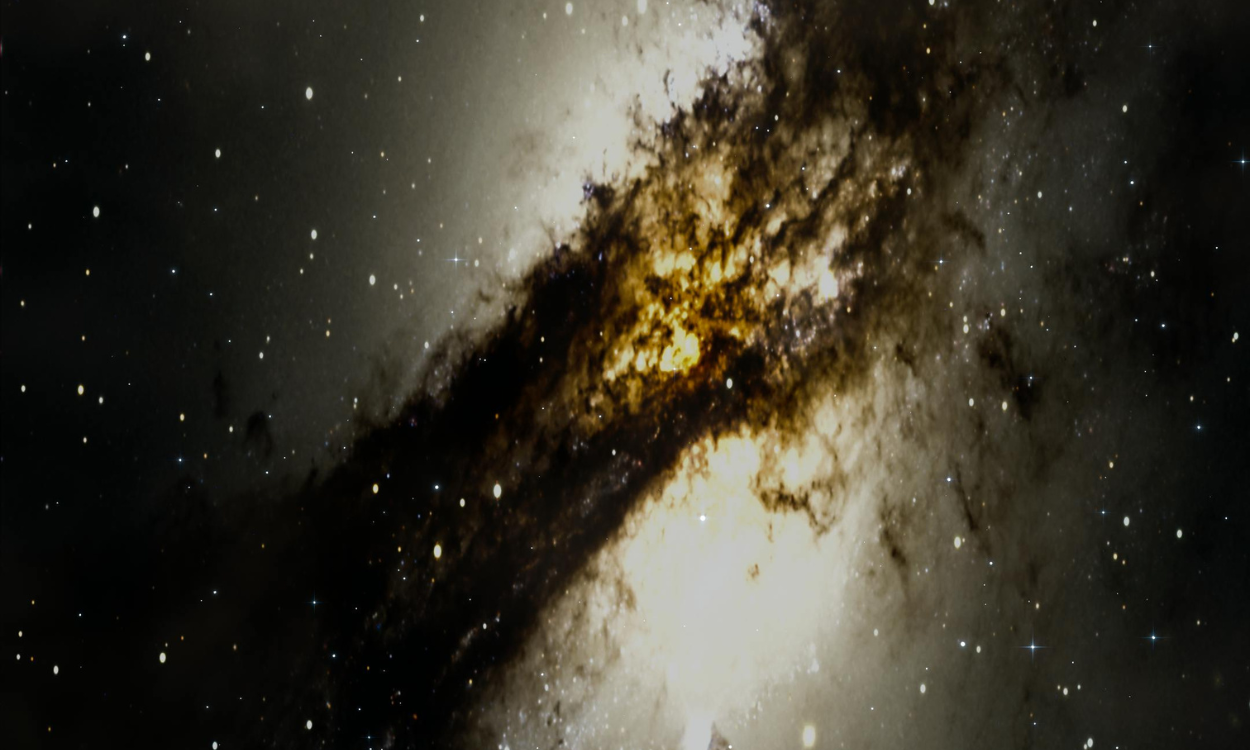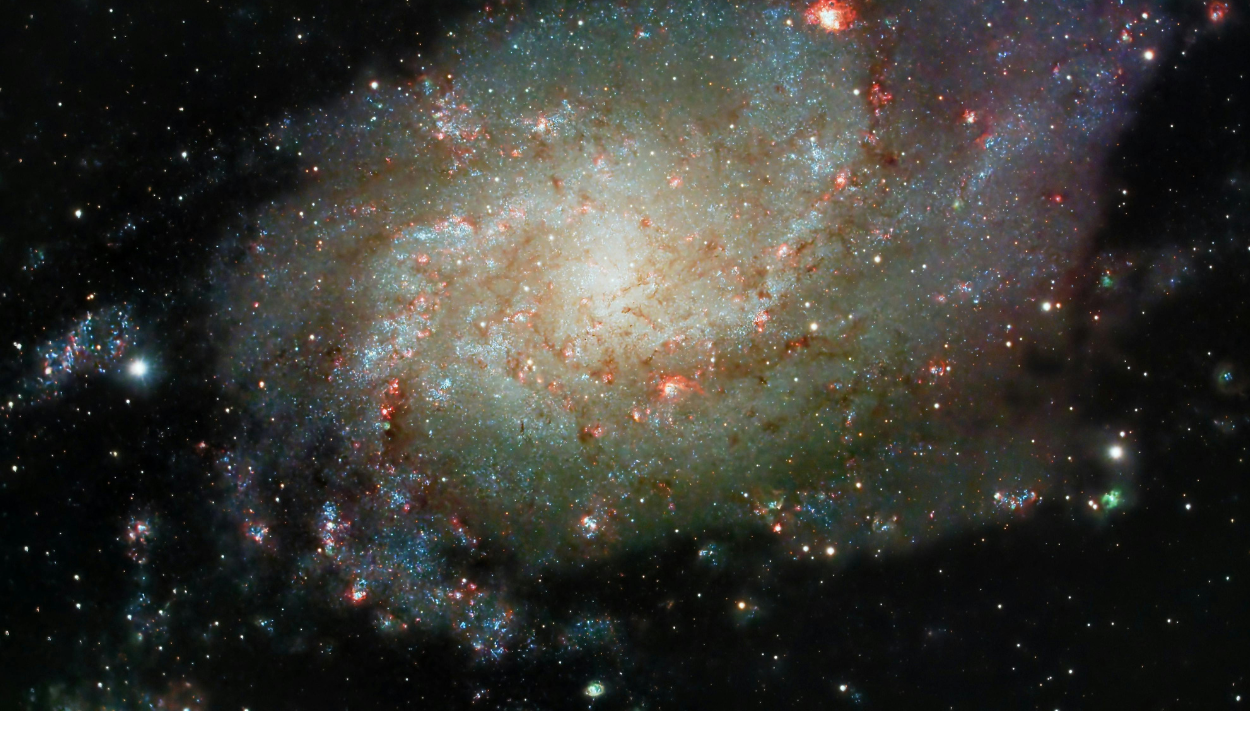The Milky Way: Journey Across the Light-Years
The universe is vast, mysterious, and full of wonders, but few celestial bodies capture the imagination quite like the Milky Way. Stretching across the night sky, this spiral galaxy is not just a backdrop to our lives on Earth; it’s the home of our solar system and a gateway to understanding the cosmos. The phrase “The Milky Way: Journey Across the Light-Years” perfectly encapsulates the awe-inspiring scale and beauty of this galactic phenomenon.

Table of Contents
Origins and Structure of the Milky Way
The Milky Way galaxy is believed to have formed around 13.6 billion years ago, soon after the Big Bang. The galaxy’s name, derived from its milky appearance in the night sky, is a translation of the Latin “Via Lactea,” a reference to the Greek “Galaxias Kyklos.” It is a barred spiral galaxy, meaning it has a central bar-shaped structure composed of stars, around which spiral arms extend outward.
When we embark on “The Milky Way: Journey Across the Light-Years,” we’re taking a virtual tour of a galaxy that spans approximately 100,000 light-years in diameter. A light-year, the distance light travels in one year, is nearly 6 trillion miles. This staggering distance underscores the sheer enormity of the Milky Way.
The Solar System’s Place in the Milky Way
Our solar system is located in one of the Milky Way’s spiral arms, known as the Orion Arm or Orion Spur. This arm is situated about 27,000 light-years from the galactic center, a safe distance from the tumultuous regions closer to the core, where massive black holes and dense star clusters reside. “The Milky Way: Journey Across the Light-Years” takes us from the peaceful periphery to the bustling, energetic core, highlighting the diversity of environments within our galaxy.
The solar system’s position in the Milky Way is relatively stable, but it is by no means stationary. The entire solar system orbits the galactic center at an average speed of about 514,000 miles per hour (828,000 kilometers per hour). Even at this incredible speed, it takes our solar system about 230 million years to complete one full orbit around the Milky Way’s center. This period is known as a cosmic year or galactic year, and during each of these, life on Earth has undergone significant evolutionary changes.
The Galactic Center: The Heart of the Milky Way
At the heart of the Milky Way lies a region of intense activity and mystery: the galactic center. This area, located in the constellation Sagittarius, is obscured from visible light due to dense clouds of gas and dust. However, with the help of radio, infrared, and X-ray telescopes, astronomers have been able to peer through these clouds to study this enigmatic region.
The most significant discovery in the galactic center is the presence of a supermassive black hole, known as Sagittarius A*. This black hole has a mass equivalent to about 4 million suns and exerts a powerful gravitational influence on the surrounding stars and gas. “The Milky Way: Journey Across the Light-Years” wouldn’t be complete without understanding the role of Sagittarius A* in shaping the dynamics of our galaxy. The study of this black hole has provided invaluable insights into the behavior of matter under extreme gravitational forces and has helped confirm the existence of black holes across the universe.
Star Formation and Stellar Evolution in the Milky Way
The Milky Way is a dynamic and ever-changing entity, with new stars being born and old stars reaching the end of their life cycles. Star formation occurs primarily in the spiral arms, where clouds of gas and dust collapse under their own gravity, eventually igniting nuclear fusion and giving birth to new stars. These regions, known as stellar nurseries, are some of the most beautiful and active areas in the galaxy.
As we continue “The Milky Way: Journey Across the Light-Years,” we encounter various types of stars, from massive, hot blue giants to smaller, cooler red dwarfs. Each of these stars follows a specific evolutionary path based on its mass. Massive stars live fast and die young, often ending their lives in spectacular supernova explosions, which can outshine entire galaxies for a brief period. These supernovae are crucial for the dispersal of heavy elements, which are then incorporated into future generations of stars and planets.
Smaller stars, like our Sun, have much longer lifespans. When they exhaust their nuclear fuel, they shed their outer layers and leave behind a dense core, known as a white dwarf. Over billions of years, these white dwarfs will cool and fade away, contributing to the cycle of stellar evolution that has shaped the Milky Way for billions of years.
Exploring the Milky Way: Modern Astronomy’s Role
Our understanding of the Milky Way has grown exponentially over the past century, thanks in large part to advances in technology and observational techniques. Telescopes like the Hubble Space Telescope and, more recently, the James Webb Space Telescope have allowed us to peer deeper into our galaxy than ever before. These instruments have captured stunning images of distant stars, nebulae, and galaxies, bringing “The Milky Way: Journey Across the Light-Years” to life in unprecedented detail.
Space missions like the Gaia spacecraft have also provided us with a detailed map of the Milky Way, pinpointing the positions and motions of over a billion stars. This data has been instrumental in improving our understanding of the galaxy’s structure and dynamics. Additionally, the study of exoplanets—planets orbiting stars outside our solar system—has revealed that the Milky Way is teeming with planets, many of which could potentially harbor life.
The Future of the Milky Way
As we conclude “The Milky Way: Journey Across the Light-Years,” it’s important to consider the future of our galaxy. The Milky Way is on a collision course with the Andromeda Galaxy, the closest spiral galaxy to us. This galactic collision, expected to occur in about 4.5 billion years, will be a slow and dramatic process, lasting for billions of years. While it may sound catastrophic, the vast distances between stars mean that direct collisions between them will be rare. Instead, the two galaxies will eventually merge to form a new, larger galaxy, sometimes referred to as “Milkomeda” or “Milkdromeda.”
This event will mark a new chapter in “The Milky Way: Journey Across the Light-Years,” as our galaxy is forever altered by the gravitational forces at play. Although life on Earth will likely have long ceased by then, the legacy of the Milky Way will continue as part of this new, larger cosmic structure.
Conclusion
“The Milky Way: Journey Across the Light-Years” is more than just a voyage through space; it’s an exploration of our place in the universe and the forces that have shaped our galaxy over billions of years. From the formation of stars to the mysterious heart of the galactic center, the Milky Way is a dynamic and ever-changing entity, full of wonders waiting to be discovered. As we continue to study and explore our galaxy, we deepen our understanding of the cosmos and our place within it, embarking on a journey that spans not just light-years, but also the history and future of our very existence.
4o






2 thoughts on “The Milky Way: Journey Across the Light-Years”